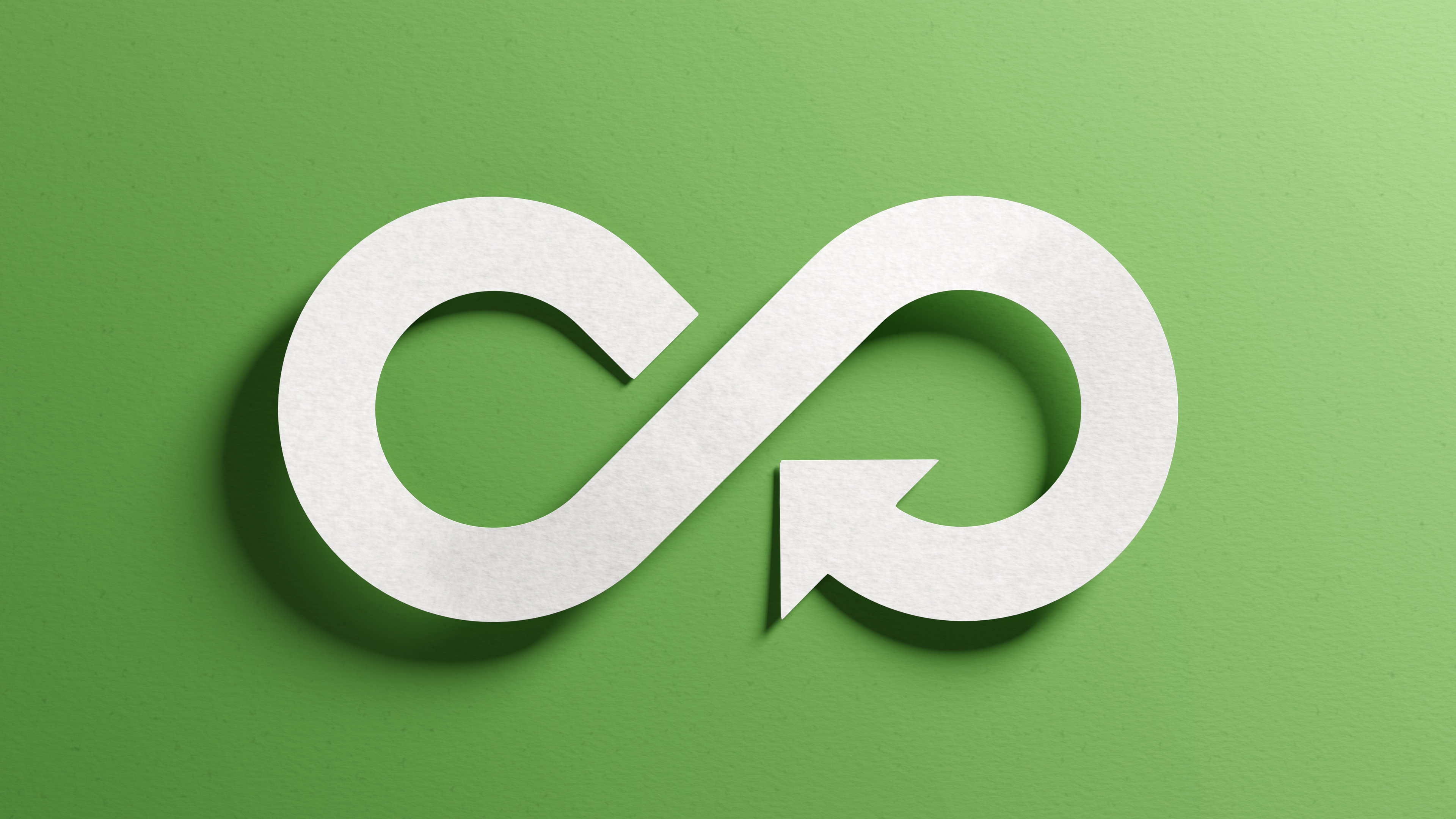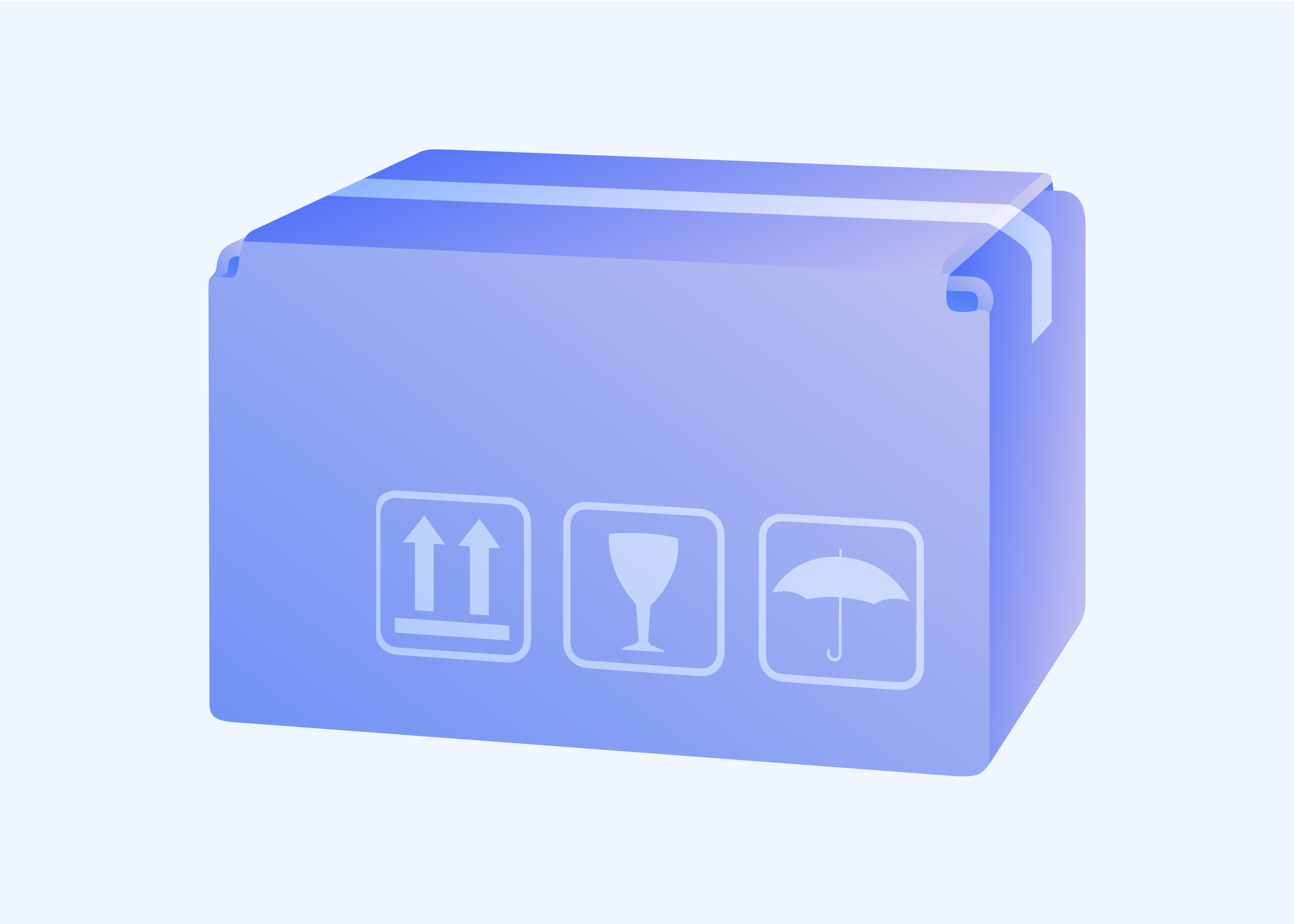The Evolution of the Circular Economy: What B2B Companies Need to Know

A shift towards recycling and repairing products has been on the increase for years. Sustainable products now enjoy significant popularity among consumers. According to Mirakl’s survey of 9,000 consumers around the world, 53% of shoppers want the option to purchase from vendors with sustainable business practices. We take a look at how this circularity trend is now spreading to B2B industries.
The world’s population is growing steadily, driving continually increased demand for raw materials. These resources are not infinite — without intervention, we will soon reach and exceed the capacities and limits of our planet.
One of the most compelling concepts for addressing these limits is the circular economy. The idea is simple: existing materials and products are used and then reused, repaired, refurbished and recycled in order to extend the use of raw materials for as long as possible. As a result, generated waste is drastically reduced.
The benefits of the circular economy extend beyond more efficient use of natural resources. For many companies, corporate sustainability and climate-neutral policies also offer tangible financial benefits: by responding to buyer demand for environmentally conscious products, they can drive sales and increase the bottom line.
Additionally, companies with forward-looking sustainability strategies also enjoy more attention from investors. According to a recent report from Bloomberg Intelligence, total global investments in ESG could reach $50 trillion by 2025, comprising one-third of total assets under management. Companies both in the B2C and B2B sectors are under tremendous pressure to operate in a climate-neutral manner; engaging in the circular economy makes it possible to achieve these goals.
The B2B circular economy
Up until now, retailers have blazed the trail in engaging in the circular economy by developing second-hand and refurbished product offerings. Today, many B2B industries are also joining the movement.
A recent Gartner report found that 70% of the Supply Chain Top 25 have included circular economy principles as part of their innovation and design strategies, while in some regions the circular economy has been boosted by regulations that require manufacturers to recycle key components.
For example, the EU is calling for more stringent collection targets for portable batteries (80% by 2030) and for light means of transport batteries (85% by 2030).
The automotive industry provides a particularly strong example for the environmental and economic benefits of the circular economy. According to an analysis by the German Engineering Association, remanufacturing a compressor reduces CO2 emissions by 89% when compared with producing a new one. Just as impressively, automotive companies can increase revenue per vehicle by 15 to 20 times the selling price by maximizing lifetime performance through sustainable practices.
How marketplaces catalyze the circular economy
With B2B companies recognizing the benefits of the circular economy, the marketplace model can play an important role: as marketplaces take up a bigger slice of the B2B industry, they can affect positive change through more efficient use of resources and logistics.
B2B online sales via marketplaces are projected to increase at a compound annual growth rate of 32%. By 2025, B2B marketplaces will account for 14% of total B2B eCommerce. Online marketplaces provide a large, centralized assortment of products, offering a resource-efficient approach by spreading out inventory across a range of third-party sellers. Instead of needing to ship products from a single, inconvenient warehouse, B2B marketplace operators can go directly to the most convenient location to ship a product. The marketplace model also makes it easier for operators to integrate refurbished products from sellers, boosting the circular economy with lower prices on previously owned goods.
Two Mirakl Platform Pioneers are already doing just that:
Satair, a global supplier of aircraft parts, services and solutions, provides a clear example of how the marketplace model can drive the circular economy. After launching their marketplace a few years ago, Satair has become a one-stop shop for the aerospace industry. The company increased their parts catalog by 6x without investing in new inventory, integrating not just items from third-party suppliers, but also items originally purchased on the marketplace and then resold on the same platform by Satair customers as refurbished products.
In 2022, Lyreco, a global distributor of workplace supplies and solutions, also announced the launch of Sustainable by Lyreco, the first B2B marketplace dedicated to products that contribute to the protection of the planet and its people. Powered by the Mirakl Marketplace Platform, the marketplace is currently available in Italy, and will be extended to other Lyreco markets starting 2023.
“Our Company mission is to be pioneers in delivering sustainably what any workplace needs, so that its people can focus on what matters most. With the introduction of this new marketplace, dedicated exclusively to these selected products, we are making it easier for our customers to adopt virtuous practices”, says Grégory Liénard, CEO of Lyreco.
To be approved to operate on the platform, each seller must be able to prove that they are officially recognized as sustainable by a trustful organization such as EcoVadis or B-Corp, or complete Lyreco’s assessment questionnaire, which provides them with a Sustainability Score. To be approved for sale on the new platform, products must have packaging recycled to a minimum of 80% of its weight and be recyclable to a minimum of 80% of its weight.
Working together for sustainability
The private sector is increasing its commitments to environmental responsibility and sustainability. From optimized supply chains to sustainable materials, companies can make immediate strides to reduce their carbon footprint, benefiting the environment while also boosting revenues & increasing efficiencies. But while interest in sustainability is growing, there is still work to be done to raise awareness in society at large about the wide-reaching benefits of the circular economy.
Marketplaces provide a springboard for companies to commit to the circular economy. By providing increased interconnectivity among operators and third-party sellers, the marketplace model makes it easier for companies to integrate efficient supply chain strategies and refurbished products into their operations. Marketplaces also provide a platform for refurbished goods, creating new channels for products that may not have otherwise had a second life.
To learn more about how to launch a successful B2B marketplace, download The Blueprint for Building & Growing a Best-in-Class B2B Marketplace eBook.



